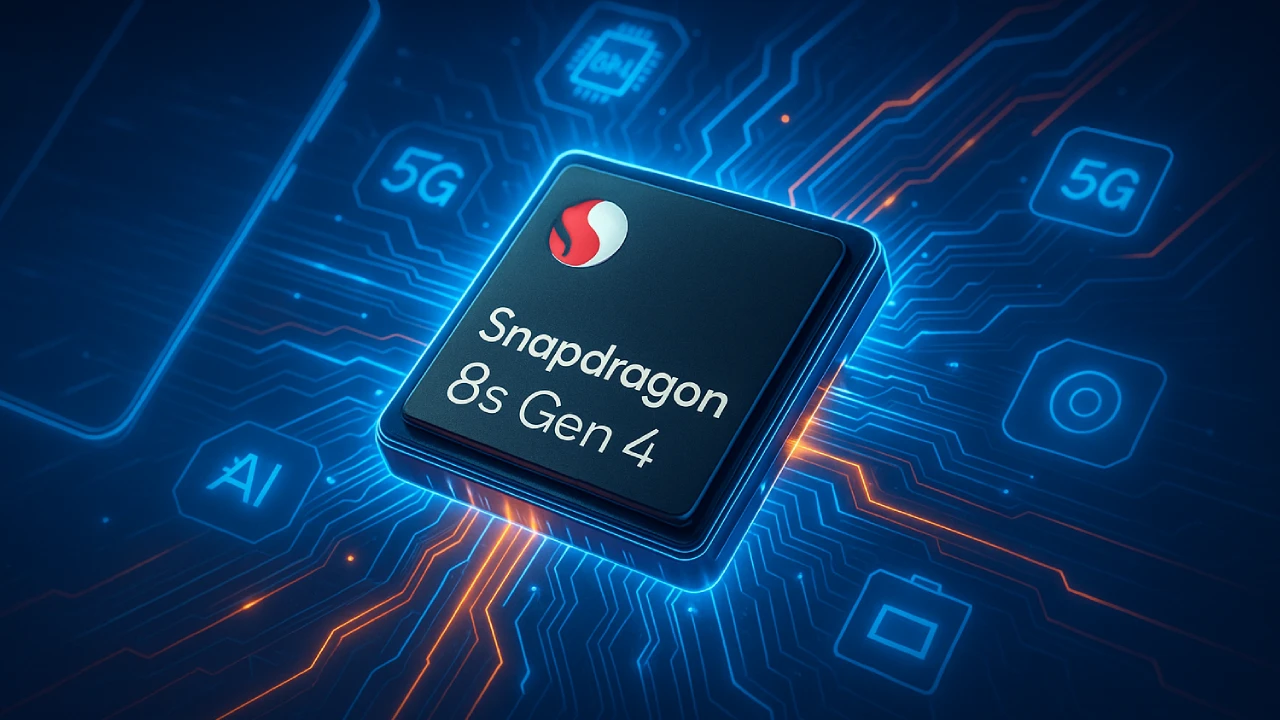Choosing the best programming language for artificial intelligence (AI) and machine learning (ML) in 2025 isn’t just about popularity—it’s about project goals, scalability, performance, and team expertise. While Python still dominates, a wide range of other AI programming languages have carved out their own niches across industries.
This guide will walk you through the best programming languages for AI, their strengths, use cases, limitations, and emerging contenders to watch.
Programming Languages for AI
1. Python: The Undisputed Leader in AI
Why It’s Dominant
Python is the gold standard in machine learning programming languages due to its simplicity, readability, and massive ecosystem. It supports rapid prototyping, making it ideal for both beginners and seasoned AI developers.
Key Advantages
- Clean, intuitive syntax
- Huge community and support base
- Rich ecosystem across AI, web, and data science
Popular Libraries
- TensorFlow, Keras (Deep Learning)
- Scikit-learn (Classical ML)
- Pandas, NumPy (Data manipulation)
Use Cases
- Image and speech recognition
- Natural Language Processing (NLP)
- Predictive analytics
- Web apps (via Django/Flask)
- Automation and AI pipelines
Limitations
- Slower execution due to the Global Interpreter Lock (GIL)
- Less ideal for high-performance, multithreaded tasks
2. R: Best for Statistical Modeling in ML
Why It’s Useful
R is tailor-made for statisticians and data scientists. It’s excellent for statistical analysis and rich data visualizations.
Key Advantages
- Extensive statistical support
- Great for academic research
- Robust graphing capabilities
Popular Libraries
- Tidyverse, Caret, RandomForest
Use Cases
- Epidemiological modeling
- Statistical simulations
- Academic and health research
3. Java: Enterprise-Ready AI Language
Why Enterprises Choose It
Java is known for its scalability, portability (via JVM), and stability, making it one of the best AI programming languages for large-scale applications.
Key Advantages
- Cross-platform development
- Garbage collection and memory management
- Great for multithreading
Popular Libraries
- Deeplearning4j, Weka, MOA
Use Cases
- Fraud detection systems
- Customer analytics
- Real-time recommendation engines
4. Julia: Speed Meets Simplicity
Why It’s Growing
Julia combines the speed of C with Python-like ease of use. It’s designed specifically for high-performance numerical and scientific computing.
Key Advantages
- Just-In-Time (JIT) compilation
- Built for parallelism and cloud scalability
- Easily interoperable with Python
Popular Libraries
- Flux.jl, Knet.jl, Turing.jl
Use Cases
- Climate and energy modeling
- Scientific simulations
- Financial risk analysis
- Healthcare analytics
Limitations
- Smaller community than Python or Java
- Fewer mature debugging tools
5. Scala: Big Data-Friendly Language
Why It Excels in Big Data
Scala seamlessly integrates with Apache Spark, making it powerful for big data-based AI development tools.
Key Advantages
- Functional + object-oriented programming
- Strong concurrency support
- High performance on JVM
Popular Libraries
- Spark MLlib, Breeze, Smile
Use Cases
- NLP and text mining
- Real-time fraud detection
- Predictive maintenance in industrial settings
6. C++: For Speed-Critical AI Systems
Why It’s Still Essential
C++ is one of the most efficient AI programming languages in terms of speed and memory control, essential for embedded systems and real-time applications.
Key Advantages
- Unparalleled performance
- Low-level hardware access
- Foundation for libraries like OpenCV
Popular Libraries
- Shogun, Dlib, Intel oneAPI DPC++
Use Cases
- Autonomous systems
- Real-time computer vision
- High-frequency trading
- Scientific computing
7. JavaScript: Making AI Web-Friendly
Why It’s Rising
JavaScript has entered the AI world with libraries like TensorFlow.js and ML5.js, enabling browser-based machine learning.
Key Advantages
- Browser compatibility
- Easy for front-end developers
- Expanding ML support
Popular Libraries
- TensorFlow.js, Brain.js, ML5.js
Use Cases
- Client-side image classification
- Real-time sentiment analysis
- Personalized e-commerce recommendations
8. Lisp: The Symbolic AI Pioneer
Why It’s Historically Important
Lisp was among the first languages used in AI, known for symbolic reasoning and flexible code manipulation.
Key Advantages
- Symbolic logic handling
- Dynamic typing
- Excellent for fast prototyping
Popular Libraries
- Clojure, LISP-STAT
Use Cases
- NLP and sentiment analysis
- AI research and theorem proving
- Decision engines
9. Haskell: Functional & Error-Resistant
Why It Stands Out
Haskell is a purely functional language ideal for clean, type-safe code—perfect for academic or experimental ML.
Key Advantages
- Strong static typing
- Pure functions = fewer bugs
- Great for mathematical modeling
Popular Libraries
- HLearn, BayesHack
Use Cases
- Bayesian machine learning
- Probabilistic programming
- Educational systems
10. Go (Golang): Efficient AI Deployment
Why It’s Emerging
Go is gaining traction in AI development tools for its simplicity and built-in concurrency, great for lightweight AI services.
Key Advantages
- Concurrency built-in
- Clean syntax for fast development
- Compiled and fast
Popular Libraries
- GoLearn, Goml, TensorFlow Go bindings
Use Cases
- Microservices for AI inference
- ML model deployment
- Data cleaning and processing pipelines
Comparison Table: AI Language Snapshot
| Language | Strengths | Ideal Use Cases | Speed | Ecosystem |
|---|---|---|---|---|
| Python | Easy, huge ecosystem | General AI/ML, NLP, prototyping | Medium | Very High |
| R | Statistics, visualization | Research, epidemiology | Medium | High |
| Java | Scalable, enterprise-ready | Banking, analytics | High | High |
| Julia | Fast, numerical computing | Scientific, finance | Very High | Medium |
| Scala | Big Data, Spark integration | Predictive analytics, IoT | High | Medium |
| C++ | Speed, hardware control | Embedded AI, real-time systems | Very High | Medium |
| JavaScript | Web integration | Browser AI, real-time UI | Medium | Growing |
| Lisp | Symbolic AI | R&D, logic programming | Medium | Niche |
| Haskell | Type safety, functional style | Probabilistic models | High | Niche |
| Go | Concurrency, simplicity | AI microservices | High | Growing |
Emerging AI Languages to Watch
Rust in AI
Rust is known for its memory safety and concurrency. It’s becoming a preferred choice for LLM backends, tokenizers, and performance-heavy applications.
Mojo for AI Development
Mojo is a new AI-centric language that merges Python’s simplicity with C’s speed. The design aims to maximize AI and ML performance, specifically in model compilation and hardware optimization.
Conclusion
Python remains the top choice for AI and ML development, but the ideal language depends on your specific needs—whether it’s performance, scalability, or statistical modeling. As technology evolves, so do the tools. From Julia for machine learning to Rust in AI, developers are spoiled for choice.
Staying versatile and open to using the best programming languages for AI—based on task, team, and target platform—will be the defining trait of top-tier AI engineers in 2025.







